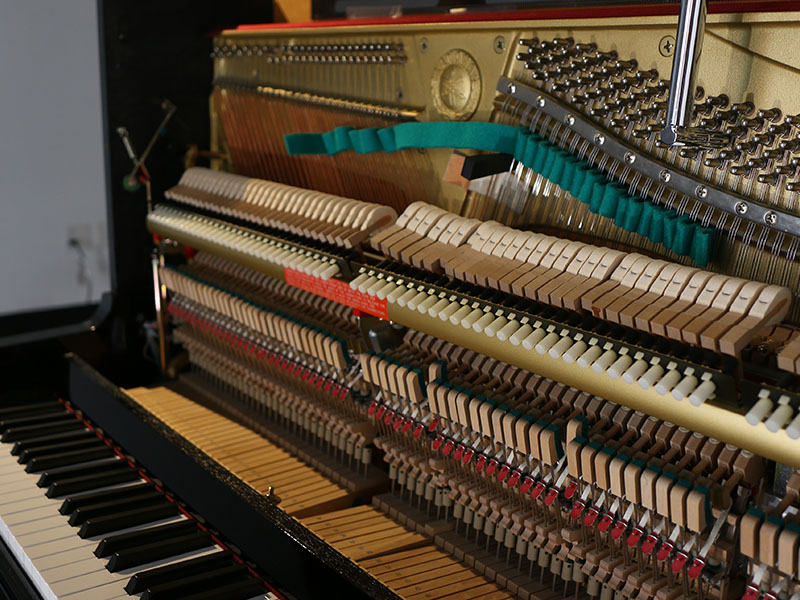The understanding of pitch is a product of memory. For example, one can develop “perfect pitch” by remembering the distribution of equally tempered intervals which are in fact a series of unnatural compromises.
Pianos also maintain a memory of pitch. There are 15-20 tons of lateral tension from the strings and around 800 pounds of downward pressure on the soundboard. Pianos store this tension, among other things, in their physical structure as a memory, so when any difference in pitch is introduced to the entire keyboard, the instrument spends the following days or weeks attempting to return itself to its remembered tension.
Because of this, the pitch will be slowly modulating—the reinforced repetition of pitch is an illusion. In fact, thousands of microscopic gradations of each pitch class are being heard. These will be evidenced by beat rates which begin to emerge as the pitch modulates, but the discrete changes in pitch in real time are not recognizable.
In preparation for the week, I will record onto the Disklavier an equal temperament aural tuning sequence. I will then retune the piano in one pass to an unequal temperament which uses a chain of just-tuned intervals. The Disklavier spends the week repeating the hour long equal temperament aural tuning sequence, thereby attempting to retune itself. Because of the fact that the unequal temperament is tuned in one pass, the instrument will be attempting to retune itself over the course of the week to the original string tension of equal temperament.



